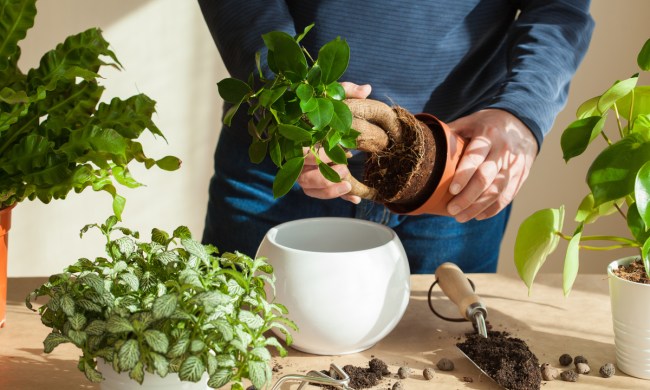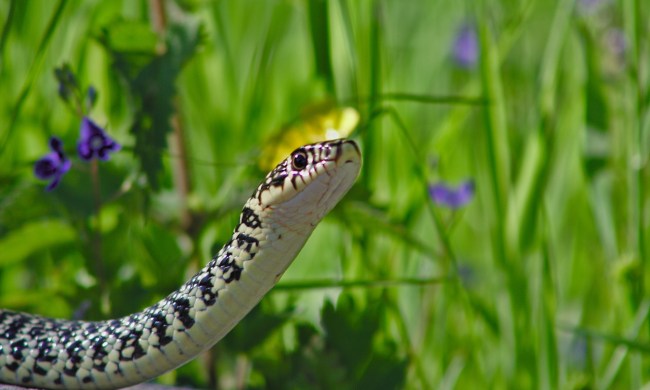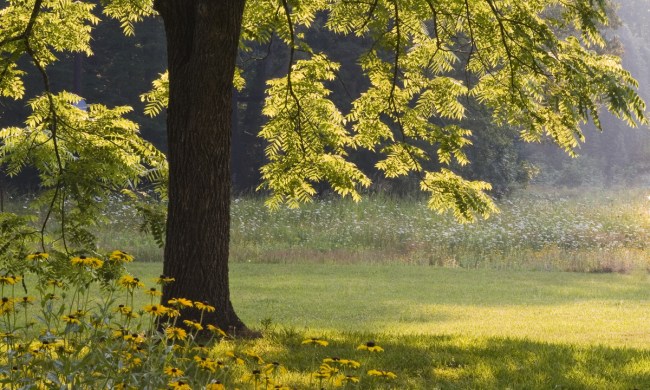It doesn’t matter if you’re an experienced gardener or a beginner just trying to understand the basics—having a great set of tools will help you be the best gardener you can be. No, we aren’t talking about a shovel, gloves, and a watering can; we’re talking about tools that will help you better understand your climate and how it’s going to affect your garden. To help you in the best way, we’ve created a list of five maps and an app that we think you’ll reference over and over again during your gardening career.
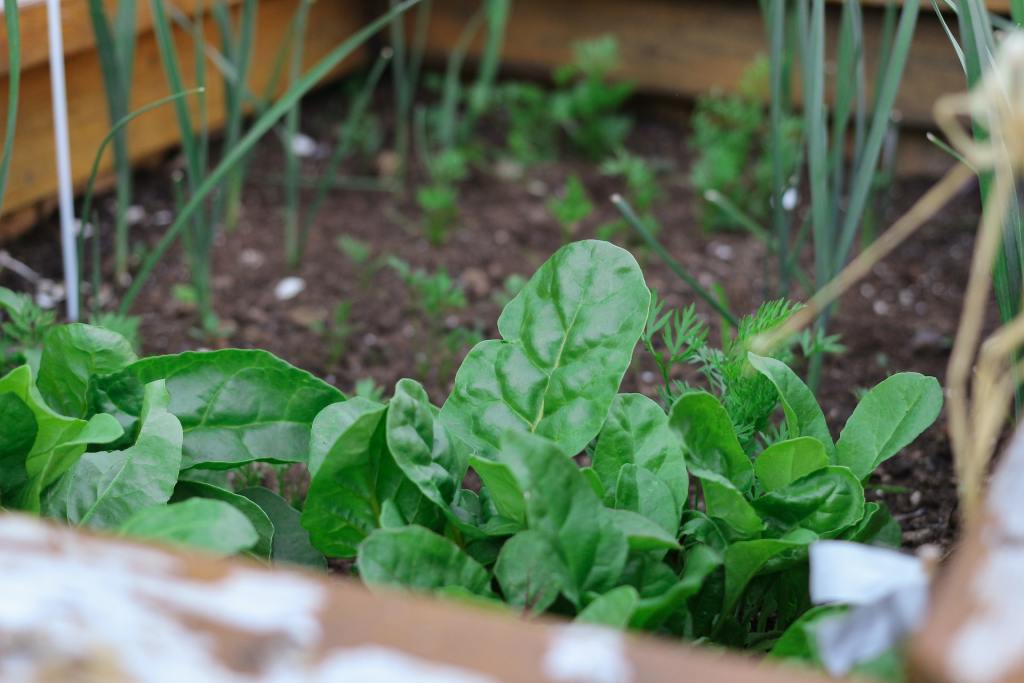
USDA Plant Hardiness Zone Map
Of course, no garden tool list would be complete without the USDA plant hardiness zone map. This map is referenced by all gardeners and is the gold standard when it comes to understanding your climate zone or answering any questions you may have.
This map is interactive, so you can zoom in and out and check out your climate zone. You can also enter your ZIP code and it will zoom in for you, so you can see exactly which climate zone you are in. Now that you know which plant hardiness zone you’re in, you might want to check out these other maps for more detailed information about specific planting questions.
Urban Farmers Planting Map
What’s nice about the Urban Farmers Planting map is that it allows the user to look up information in a few different ways. First, if you’ve used the USDA Plant Hardiness Zone map and already figured out which zone you’re in, you can click directly on the zone and get all the information you need. However, if you haven’t yet done that, you can click on the state you live in and see a detailed list of all the climate zones within that state. It’ll tell you which zones are in your state as well as the first and last frost dates of major cities within the state. In addition to all that information, there’s also a detailed map of each state with its zones blocked off in different colors.
Lastly, as you scroll down, you’ll find that each state has a list of each zone within it and a quick and easy reference chart of popular vegetables to grow. This chart shows when it’s best to seed start, transplant, or plant these veggies according to the zone. We’re sure you’ll soon have this link saved in your bookmarks!
Woodies Garden Goods Map
If you’re looking for an easier way to shop for plants that are good to grow in your climate zone, then the Woodies Garden Goods tool is the one for you. Here you can enter your ZIP code, and this tool will bring up all the veggies, flowers, houseplants, and more that are good to grow in your area. Not only that, you can then purchase these plants right off their site. This is much easier than having multiple tabs open and researching while also trying to shop for plants.
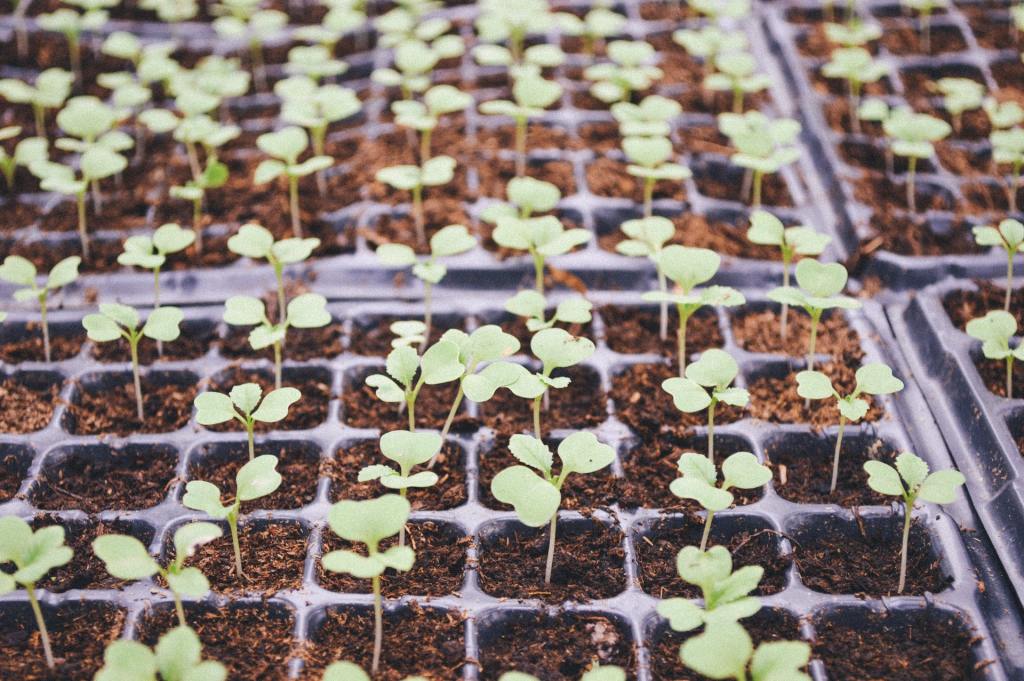
The Gardenate App
We’ve talked about Gardenate in other posts about climate zones, but we love it so much we had to add it here as well! Gardenate is an app and a website where gardeners can research and learn so much more than just which zone they live in. On the website, you can enter your zone and get a comprehensive list of every veggie that can be grown in your zone. The list is organized into months, and each month shows what to seed start, transplant, or plant with exact dates depending on the frost dates of that year. You can also sign up for subscriptions and they’ll send you reminders, so you never forget to seed start those eggplants again!
The Gardenate app is another fantastic tool that can track, chart, remind, and educate you on almost any gardening activity you might need.
You can use one or all of these tools to help you on your gardening journey. We’re sure these tools are the best out there. The more you learn about the climate and environment around you, the better gardener you’ll be.
